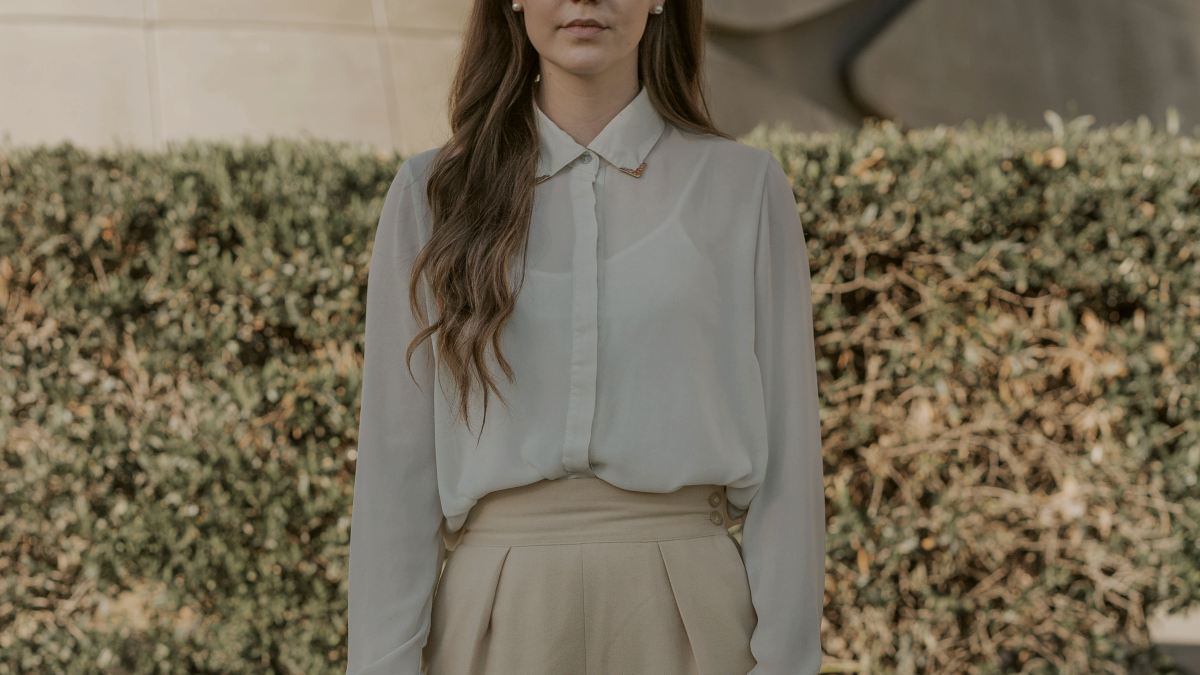
2 Reasons Why You Need To Start 'Dopamine Dressing'
Fashion is more than just clothing and outfits. Here's why the age-old saying, 'Look good, feel good,' holds so much truth.

By Mark Travers, Ph.D. | February 11, 2025
Not everyone puts a lot of thought into what they wear each day. For many, getting dressed is simply about practicality—choosing something comfortable, appropriate and convenient. While this is understandable, phrases like "dress for the job you want, not the job you have" or "look good, feel good" have stuck around for a reason.
While they might sound like clichés, they point to a deeper psychological connection between clothing and mindset—one that often goes unnoticed. What you wear doesn't just shape how others perceive you; it influences how you perceive yourself. This, in turn, affects your confidence, behavior and even performance in ways you may not fully realize.
Think about the difference between staying in pajamas all day versus putting on a more structured outfit—you'd instinctively carry yourself differently. The concept of "dopamine dressing," popularized by fashion psychologist Dr. Dawnn Karen, explores this link between clothing and emotional well-being.
Rooted in color psychology and self-perception theory, dopamine dressing suggests that wearing certain colors, textures and styles can stimulate dopamine, the brain's "feel-good" chemical, leading to a boost in mood and confidence.
The way you dress might have the power to shift your energy and set the tone for how you engage with the world. The science behind this phenomenon is just as fascinating as its everyday impact.
Here are two positive ways dopamine dressing impacts your mental health, according to research.
1. Your Self-Perception Changes Based On What You Wear
When you wear something that makes you feel powerful, confident or put-together, it's not just about the outfit—your brain actually responds to the symbolic meaning of what you're wearing. The clothes we wear can influence how we view ourselves and how we perform in different situations. This is where "enclothed cognition" comes into play.
The term enclothed cognition was introduced by Hajo Adam and Adam D. Galinsky in their research published in the Journal of Experimental Psychology, referring to how clothing influences our psychological processes.
They conducted a series of experiments using a lab coat, a garment often linked to attentiveness and carefulness. The results were striking, as physically wearing a lab coat improved attention and focus compared to not wearing one. There were two key findings:
- The symbolic meaning of the coat mattered. When participants wore a lab coat described as a doctor's coat, their sustained attention increased significantly. However, when the same coat was described as a painter's coat, there was no notable effect.
- Just seeing or identifying with the coat wasn't enough. The benefits were only observed when participants actually wore the coat and associated it with a profession requiring precision.
The findings suggest that clothing does more than just influence how others view us—it actively shapes your cognitive processes.
The concept of dopamine dressing ties closely with enclothed cognition, as both emphasize the profound effect clothing has on our confidence and behavior. Just as wearing a lab coat associated with a specific profession can enhance focus and attention, choosing clothes that make us feel energized, confident or at ease can have a powerful effect on our mindset.
When we pick outfits that resonate with us—whether it's a bright, bold color, a well-fitted piece or something that holds personal meaning—we're subtly boosting our confidence and setting the stage for a more positive mental state. This creates a ripple effect on our behavior, where we feel more capable and motivated to tackle challenges, whether it's a presentation at work, a workout or a social gathering.
2. Clothing Choices Can Regulate Your Mood
Research published in the Global Scientific Journal reinforces the idea that clothing is not just a superficial aspect of appearance, but can act as a psychological tool for confidence-building, mood regulation and self-expression.
Moreover, research published in the International Association of Societies of Design Research examines key characteristics of garments—such as color, texture, fit and style—and how these elements are linked to four specific emotional states. These include:
- Tense mood. Outfits that were more structured, formal or made from stiffer fabrics were often linked to feelings of tension or anxiety.
- Cheerful mood.Bright, vibrant colors and more playful or casual styles were commonly associated with cheerful moods.
- Gloomy mood. Darker, heavier fabrics and muted colors seemed to align with feelings of sadness or gloominess.
- Relaxed mood. Comfortable, loose-fitting clothing and soft fabrics were often linked to a more relaxed, laid-back emotional state.
Whether it's a vibrant color that lifts our spirits or a well-fitting piece that boosts our confidence, the clothes we wear have the power to shift our mindset. Dopamine dressing harnesses this idea by encouraging us to wear clothing that enhances our mood and self-perception.
By consciously selecting outfits that make us feel empowered, joyful or at ease, we tap into the psychological benefits of fashion, helping to regulate our emotions and elevate our confidence throughout the day.
Dressing For Success With Dopamine Dressing
Fashion is a form of self-expression that can help you embody the version of yourself you want to project. By choosing clothing that enhances your sense of self-worth, you reinforce the belief that you deserve to feel confident and capable.
Here are a few ways to practically use dopamine dressing in your daily life.
- Create a confidence-boosting wardrobe capsule. Consider building a wardrobe capsule—a small collection of versatile, well-fitting clothing that aligns with your style and enhances your confidence. By curating pieces that make you feel your best, you're not only simplifying your closet but also creating a go-to set of outfits that elevate your mood each time you wear them.
- Add personal touches.Incorporate items that have personal meaning—whether it's a piece of jewelry that reminds you of a milestone or a color that you associate with confidence. These personal touches can serve as daily reminders of your worth and help reinforce the emotional benefits of what you're wearing.
- Choose colors that boost your mood. Opt for colors that evoke positive emotions. Bright shades like yellow or red can energize, while blues and greens may calm and focus you. Wear colors that align with how you want to feel.
- Focus on comfort. Choose clothes that are not only stylish but also comfortable. Feeling physically at ease boosts your mental confidence and reduces distractions, letting you perform at your best.
- Set an intention behind each outfit.Before you pick an outfit, pause and ask yourself how you want to feel that day. Do you need an energy boost? Choose something vibrant. By intentionally dressing with a purpose, you can align your clothing choices with your mental and emotional needs.
- Dress for your mood or goals. Select outfits based on your mood or the tasks ahead. Whether you need to feel empowered for a big presentation or relaxed for a creative brainstorming session, your clothing can set the tone.
What you wear communicates to the world—and most importantly, to yourself—that you're comfortable in your skin and ready to take on whatever comes your way. Through intentional dressing, you can build a wardrobe that serves as a powerful tool to nurture your self-esteem and affirm your inherent worth every day.
Are you curious about your current level of self-esteem? Take this quick, science-backed test to find out: Rosenberg's Self-Esteem Scale
A similar version of this article can also be found on Forbes.com, here.
